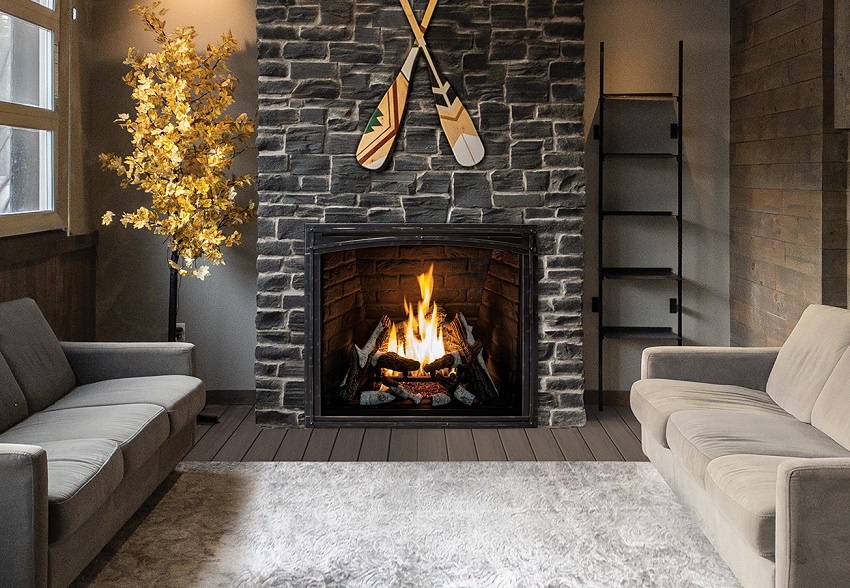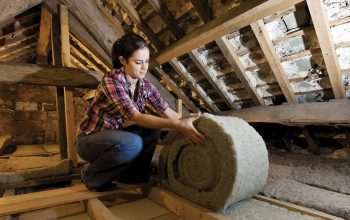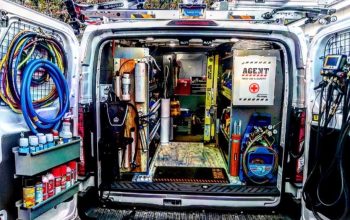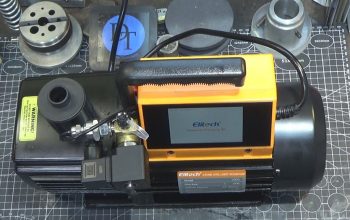If you’re a homeowner with a gas fireplace, you understand the cozy ambiance and warmth it can bring to your living space. However, like any other appliance, gas fireplaces require regular maintenance and occasional repairs to ensure they operate safely and efficiently. In this comprehensive guide, we’ll walk you through the steps to safely repair gas fireplace, covering common issues, necessary tools, and important safety precautions. By following these guidelines, you’ll be able to enjoy your fireplace without worry and create a welcoming atmosphere for you and your family.
Understanding Gas Fireplaces
Before diving into the repair process, it’s essential to have a basic understanding of how gas fireplaces work. A gas fireplace typically consists of a gas burner, a control valve, a pilot light, a thermocouple, and a venting system. The control valve regulates the gas flow, while the pilot light ignites the gas and keeps it burning. On the other hand, the thermocouple detects the presence of a flame and signals the control valve to keep the gas supply open. The venting system removes combustion byproducts, ensuring safe indoor air quality.
Common Issues with Gas Fireplaces
Gas fireplaces can experience various problems over time. Here are some of the most common issues you may encounter:
1. Pilot Light Won’t Stay Lit
If your pilot light repeatedly goes out, it may be due to a faulty thermocouple. The thermocouple is a safety device that detects the presence of a flame. If it fails, the control valve will shut off the gas flow, extinguishing the pilot light. Replacing the thermocouple is a relatively simple and affordable repair.
2. Burner Fails to Ignite
When the control valve is turned on but the burner fails to ignite, there might be an issue with the pilot assembly or the control valve itself. A clogged pilot orifice or a malfunctioning control valve can prevent proper ignition. It’s crucial to inspect and clean these components regularly.
3. Insufficient Flame or Yellow Flame
If your gas fireplace produces a weak or yellow flame instead of a strong blue one, it could indicate a problem with the gas pressure, air intake, or burner cleanliness. Low gas pressure can be resolved by adjusting the regulator while cleaning the burner and ensuring proper air intake can improve flame quality.
4. Unusual Odors or Soot Accumulation
If you notice unusual odors or excessive soot buildup on your gas fireplace, it may indicate incomplete combustion. This issue could stem from various factors, such as a dirty burner or improper venting. Regular maintenance and cleaning can help resolve these issues and prevent potential hazards.
Tools You’ll Need
Before starting any repair work on your gas fireplace, gather the necessary tools to ensure a smooth and safe process. Here are some common tools you might need:
- Screwdrivers (flathead and Phillips)
- Pliers
- Wire brush
- Soft cloth
- Pipe wrench
- Multimeter
- Replacement parts (thermocouple, pilot assembly, etc.)
- Safety goggles
- Gloves
Having these tools readily available will save you time and frustration during the repair process.
Safety Precautions
Safety should always be a top priority when working with gas appliances. Here are some important safety precautions to follow:
- Turn Off the Gas Supply: Before attempting any repairs, turn off the gas supply to your fireplace. Locate the gas shut-off valve and close it to prevent gas flow.
- Allow for Ventilation: Gas fireplaces emit carbon monoxide, a toxic gas. Ensure your workspace is well-ventilated by opening windows or using fans to circulate fresh air.
- Wear Protective Gear: Wear safety goggles and gloves to protect your eyes and hands from debris and potential hazards when working on your gas fireplace.
- Follow Manufacturer’s Instructions: Every gas fireplace is unique, so it’s crucial to consult the manufacturer’s manual for specific repair instructions and safety guidelines.
Repairing Your Gas Fireplace
Now that you have a good understanding of common issues and safety precautions let’s delve into the repair process:
1. Clean the Burner and Pilot Assembly
Over time, dust, debris, and spider webs can accumulate in the burner and pilot assembly, hindering proper operation. Use a soft brush or a wire brush to clean these components carefully. Ensure that the gas supply is turned off before cleaning.
2. Inspect and Replace the Thermocouple
The thermocouple might be faulty if your pilot light doesn’t stay lit. Start by removing the old thermocouple by unscrewing it from the control valve. Install the new thermocouple by screwing it tightly into place. Ensure that the thermocouple is properly positioned in the flame.
3. Check the Control Valve and Pilot Orifice
Inspect the control valve and pilot orifice for any signs of damage or blockage. If you notice any issues, it’s best to contact a professional technician to handle the repair. They have the expertise and specialized tools to troubleshoot and resolve complex problems.
4. Perform a Gas Pressure Test
If you’re experiencing low or inconsistent flame issues, it’s important to check the gas pressure. A qualified technician can use a multimeter to measure the pressure and make any necessary adjustments to ensure proper operation.
5. Verify Proper Ventilation
To maintain safe indoor air quality, ensure the venting system functions correctly. Check for any obstructions or blockages in the vent pipe, chimney, or exhaust fan. Clean or repair any damaged components as needed.
Conclusion
Repairing your gas fireplace doesn’t have to be daunting. By following the steps outlined in this guide, you can address common issues and ensure the safety and functionality of your gas fireplace. Remember to prioritize safety, gather the necessary tools, and consult the manufacturer’s instructions for specific guidance. If you encounter complex problems or are unsure about any aspect of the repair process, it’s always wise to seek professional assistance. Now, enjoy the warmth and ambiance of your repaired gas fireplace with peace of mind.








